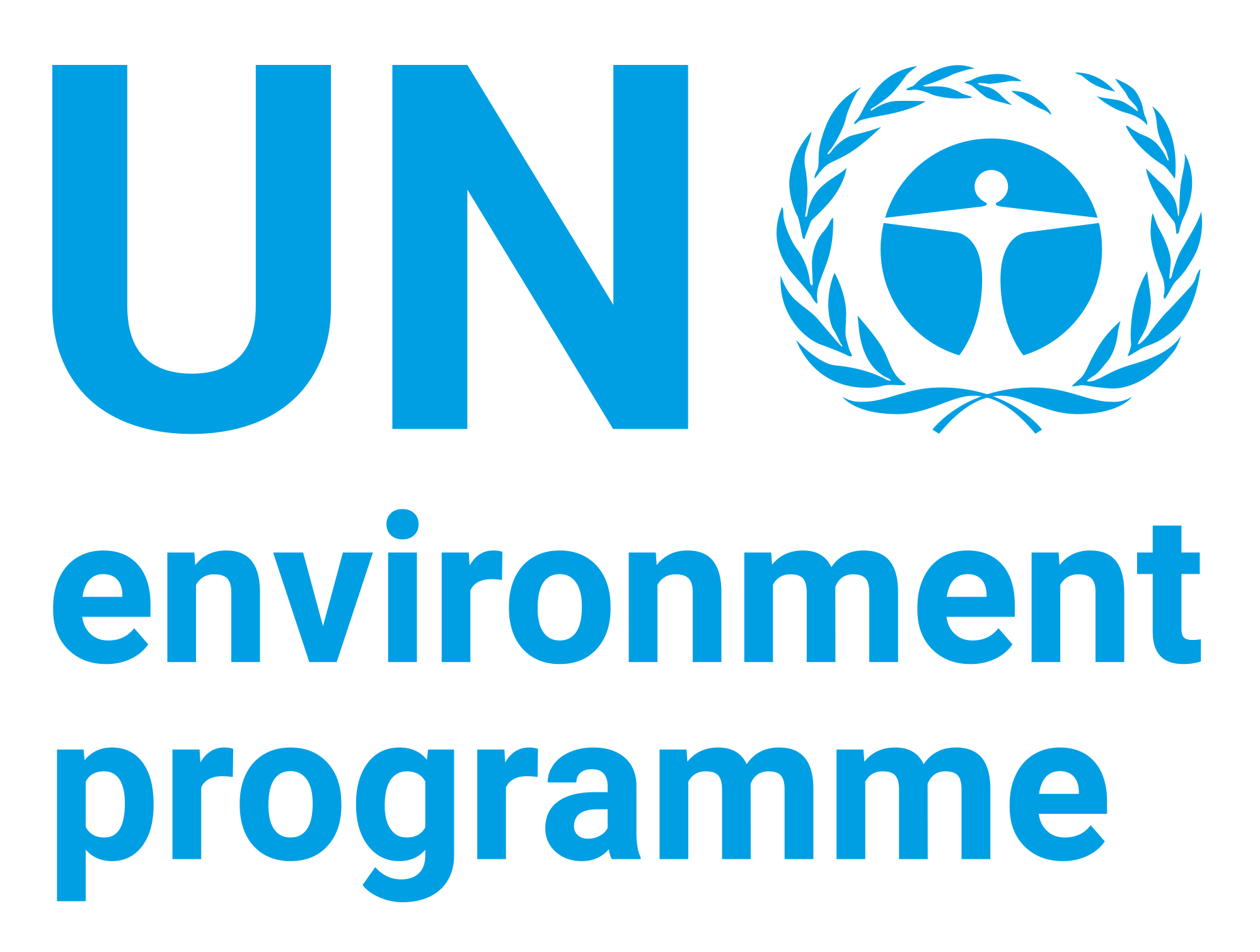Greening China’s Financial Markets: The Risks and Opportunities of Stranded Assets; Briefing Paper
| dc.contributor | Inquiry | en_US |
| dc.contributor.author | United Nations Environment Programme | en_US |
| dc.contributor.author | University of Oxford | en_US |
| dc.coverage.spatial | China | en_US |
| dc.date.accessioned | 2018-10-31T19:08:02Z | |
| dc.date.available | 2018-10-31T19:08:02Z | |
| dc.date.issued | 2014 | |
| dc.identifier.uri | https://wedocs.unep.org/20.500.11822/26631 | |
| dc.description | The rise and fall of different technologies, products, and businesses is central to rising productivity in healthy, well-functioning markets. This process can result in ‘stranded assets’, assets that have suffered from unanticipated or premature write-downs, devaluations, or conversion to liabilities. 1 Stranded assets are therefore a regular and necessary feature of dynamic economic systems, a phenomenon inherent in the ‘creative destruction’2 of economic growth, transformation, and innovation. | en_US |
| dc.format | Text | en_US |
| dc.language | English | en_US |
| dc.relation.ispartof | UNEP Inquiry | en_US |
| dc.rights | Public | en_US |
| dc.subject | financial market | en_US |
| dc.subject | public policy | en_US |
| dc.subject | green economy | en_US |
| dc.subject | stranded asset | en_US |
| dc.title | Greening China’s Financial Markets: The Risks and Opportunities of Stranded Assets; Briefing Paper | en_US |
| wd.identifier.sdgio | http://purl.unep.org/sdg/SDGIO_00000042 |


